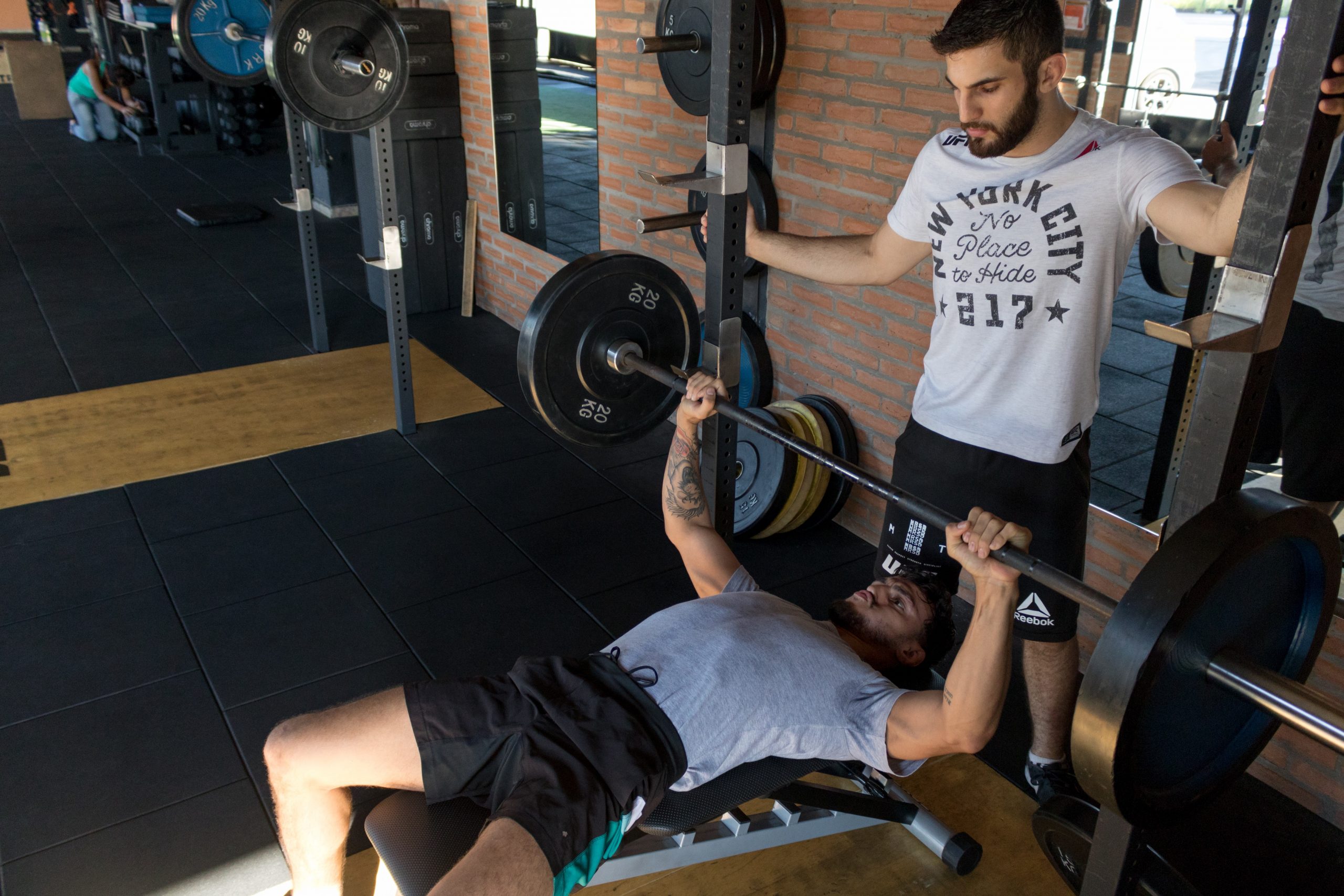Hey readers!
In September, I started a Work Study position to be a student coordinator of the FitConnect program and I’ve had an amazing experience so far. The program uses fitness and social connection to support students who have been diagnosed with depression or anxiety. The program is a small pilot program managed through Health Services. It’s still relatively new but may grow over time. Through this position, I’ve learned a lot about peer support and the relationship between exercise and mental health. If you’re interested in what I’ve learned about physical activity and mental health, please click here to see my last post. I decided to write about the FitConnect program on this platform because I firmly believe in its efficacy and I’m thrilled to be a part of it. When I tell people about the program, I often get asked many questions. Here are the three most common questions:
1. How Does the FitConnect Program Work?
The goal of the program is to use exercise and peer support to help students improve their mental health. There are two key roles: the participant and the volunteer. The participants are students who have been diagnosed with mild to moderate anxiety or depression. Each participant is paired up with a volunteer. Once the partnership is formed, the students meet up and discuss the participant’s fitness goals.

From there, the two students meet up regularly to exercise together. Sometimes the partners meet up for one hour a week, sometimes several. The exercise can involve anything from using machines at the gym to playing sports or simply taking a walk together around campus. Throughout the semester, the two students get to know each other and have fun exercising together. Part of my role is to match each partnership according to fitness interests. That way, every dynamic is fun and mutually beneficial!
2. How Do The Participants Get Involved?
Each participant must be referred to the program by a UVic healthcare provider (Counsellor, Nurse, physician, etc). If you currently see a counsellor or doctor on campus, you can ask them if the program is right for you. If the program is a good fit, the counsellor/physician will send in a referral. From there, the participant meets with a coordinator for an interview. This interview allows us to collect information on the participant’s mental health and fitness preferences. This information is completely confidential. All disclosed information is used only to form the partnerships and document the progress of the program. After the interview, the we connect the participant to a volunteer to start exercising.
2. How Do The Volunteers Get Involved?
We have already completed volunteer intake for this year. However, applications are open for the Fall 2020 semester. The intake process involves an online application form, one day of training, and a one-on-one interview. This year, I helped lead the training. We covered topics such as mental health literacy, compassionate communication, and an overview of the structure of the program. After the training, I conducted interviews with the volunteers. We discussed fitness preferences and weekly availability. Based on this information, I worked with my coworkers to match each volunteer with a participant who has similar interests.

To read more about this volunteer opportunity or to access the online application form, please visit: www.uvic.ca/services/health/resource/SHAPE/index.php
That about covers the key points of the FitConnect program. I have learned so much through my position and it has become one of my favourite university experiences; I have seen how this program can be a life-changing experience for participants and volunteers alike. Although I graduate this April, I hope the FitConnect program continues to grow and thrive for years to come. Please feel free to comment below with any questions you have about the program.
Thanks for reading!
Pearl
The views expressed in this blog are my own, and do not necessarily reflect the policies or views of the University of Victoria. I monitor posts and comments to ensure all content complies with the University of Victoria Guidelines on Blogging.

Hi Avery – I am not sure but please reach out to Dawn at dmschell@uvic.ca to inquire – Torry
How are we able to participate again, if we had done it already last year? Thanks!